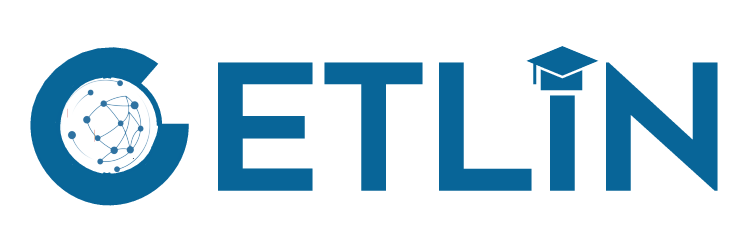Information about current national educational system
In 1950, the Korean War broke out. After the war, both socio-politics and the economy fell into chaos. Military dictatorship began in Korea and the economy developed rapidly, but the people’s demand for democratization continued. Eventually, the military withdrew and a civilian president came in to start democratization. Economically, Korea managed to overcome the difficulties that arose from the IMF crisis and is continuing to develop. Korea now could have the economic development as well as democratization since 1990 period. The current government regime claims fairness and non-authoritarian policies for educational equity. As the present Moon administration is implementing progressive policies, it is striving to strengthen the public nature of education from infant care to universities, expand the national responsibility of early childhood education through innovation, establish an all-day day care system, realize free high school education, reduce the burden of university tuition and housing costs, provide free meals to elementary, middle, and high schools, and create a future educational environment. However, controversy arose due to the breach of the five-principle commitments and the appointment of weak personnel.
Current trends in educational policy and practice (e.g. relevant curricular reform cycles) & regional differences
Korean government updates the national curriculum periodically and the last version is the one developed in 2015. The distinctive characteristics of the 2015 national curriculum are understanding based curriculum and the presentation of the core competences. In order to provide students’ enduring understanding, the big idea was established and the structure of the contents are developed focusing the big idea using the backward design model.
The conduction of the national curriculum has three layers: the central government’s national curriculum, regional government’s practical curriculum to cope with the regional needs, and the school curriculum based on the teachers’ redesign. The school curriculum if teachers’ redesign cannot exceed more than 20% in each subject.
The development of the national curriculum consists of education experts, entrepreneurs, teachers, parents, students and representative from the region. Several public hearings are held and updates the curriculum, and the final version is confirmed by the President of the country as the presidential law. The update of the national curriculum involves many interest groups and negotiation among them takes long and tedious processes.
The purpose of curriculum is to ensure students’ deep thinking takes in place. For this, the national curriculum tried to provide diverse learning experience without limiting students by their career path for example exploring among domains of humanities and natural science, and academic path and vocational path. When the educational policy ‘high school credit system’ is in action, flexible career path for high school students will be strongly supported.
Students learn 10 core subjects from the 1st grade of primary school until 10th grade of the high school, and in 11 & 12th grade, students can take subjects as they want. The vocational education and academic education are separated from the high school, where students at 9th grade at the junior high school should make the decision.
In order to recruit students with high motivation and academic competence, educational policies such as ‘job first and study later’ policy were introduced. However, still the vocational education high schools have difficult time to recruit talented your students when the current job market does not allow decent jobs for vocational high school graduates recently due to the change of the industrial structure in the society.
Current international examinations (PISA, TIMISS)
Students from South Korea performed highly in most of international comparative studies. Korean students have been ranked high in PISA(Program for International Student Assessment) study which is conducted by OECD(Organization for Economic Cooperation and Development) in 2018. PISA 2018 was attended by about 71 million students from 79 countries, 37 OECD member countries and 42 non-member countries. In Korea, 6,876 students from 188 schools (917 students of 34 middle schools, 5,881 of 917 high schools, and 78 of 2 miscellaneous schools) participated. As in the table 1 S. Korean students ranked 2nd to 7th in reading, 1st to 4th in mathematics, and 3rd to 5th in science out of 37 OECD countries.
Table 1. Results of PISA 2018 (OECD) – member countries by area

Academic achievements of Korean students seen through TIMSS (Trends in International Mathematics and Science Study)
The International Association for the Evaluation of Educational Achievement (IEA) conducts the Trends in International Mathematics and Science Study (TIMSS) to compare students’ mathematics and science achievements internationally every four years and identifies the relationship between educational context variables and achievement.
Table 2 IEA academic achievement assessment (TIMSS) ranking and average score

In 2011, among the participating countries, Korean 4th-grade students ranked 3rd in mathematics and 2nd in science. Korean middle school 2nd-year students ranked 2nd in mathematics, and 4th in science achievements among the participating countries. In TIMSS 2015, Korean students showed similar results. In 2015, 4th-grade students increased slightly from 605 points to 608 points in mathematics and from 587 points to 589 points in science compared to TIMSS 2011. In TIMSS 2015, middle school 2nd-year students’ achievements decreased slightly from 613 points to 606 points in mathematics and from 560 points to 556 points in science compared to TIMSS 2011. The percentage of students who are not at the basic level of mathematics and science achievements in Korea is the lowest among participating countries (TIMSS 2011). However, though their achievements were high, their confidence in math was low.
